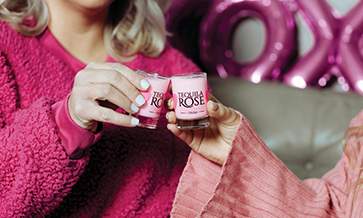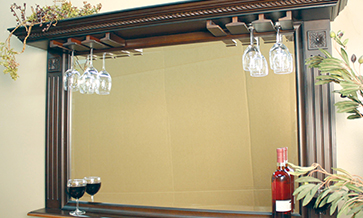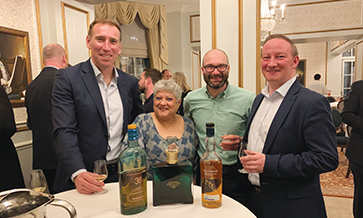If we look at wine-making it is mostly made with different varieties of grapes. Over the years, however, people in different countries have experimented with making wine using fruits such as pineapple, banana, lychee, etc.
Wine can also be made from unconventional fruits like guava and jamun (Syzygium cumini) – the latter also commonly known as black plum or Malabar/Java plum in India.
The project is to make wine using guava and java plum with the objective of reducing the viscosity and the overall fermentation time. The challenges faced in fruit pulp fermentation are high pulp viscosity and low nutrient-like protein content.
Both these challenges were addressed using Praras fermentation solutions. Extract 8039 and Extract 8-YW032 help reduce the fermentation time and give direct cost benefits. Extract 8039 is made of an enzyme that helps break down pectin in the cell wall of the fruit, thus maximising the extraction of colour and pulp.
Extract 8-YW032 is an optimised formulation of yeast nutrients and is suitable for use in the fermentation in any fruit or cereal machine. Proper usage of this product helps in achieving efficiency and thus a direct cost benefit.
This also helps in reducing the sluggish and stock fermentation in java plum and guava wines.
Before looking into the process let’s see the result in the context of fruits and vegetables in the country suffering post-harvest losses either during farm operations or storage.
Guava, which is the fourth-largest produced fruit in the country, suffers around 16% loss, while jamun, an indigenous Indian fruit and the second-largest produced fruit in the country, has a loss of around 15%.
Java plum wine has been made using Extract 8039 at a dosage of 4gm per hecto-litre, and Extract 8-yw032 at a dosage of 25gm per hecto-litre, resulting in the desired alcohol concentration of 14 %.
Jamun wine
The fermentation of Java plum wine achieved the maximum cell count of 97 by day-6, while the Brix (sugar content) gradually decreased and the alcohol percentage increased.
This is a sign of good and healthy fermentation. If one looks at the day-wise Brix drop and fermentation, it is very linear and smooth, which is good for yeast metabolism because otherwise it might disrupt the yeast and might go under stress and then start producing unwanted by-products.
The overall fermentation was completed on the 10th day. Usually, the fermentation takes more than 15 days; but we have reduced the fermentation time to 10 days and on the sixth day, achieved the highest cell count of 97 after which there is a slow decrease in the cell count.
This points to very good yeast growth and then the maximum cell density gets through the stationary phase and completes the fermentation quickly and efficiently.
The desired alcohol concentration of 14.2% in Java plum wine was achieved on the same day and the production is very linear again, which shows a good sign of yeast multiplication and the desired alcohol. Generally, the desired percentage is 12.14% and a pH of 40.
Guava wine
We’ll look at the performance of these two products in guava wine. We have used the same dosage, i.e., 4gm per hecto-litre of Extract 8039 and 25gm per hecto-litre of and achieved an alcohol concentration of 14%.
For guava wine also we completed the overall fermentation by the 10th day and by the 6th day we achieved the maximum cell count of 94.
Even here, there is a gradual decrease in the Brix, and a gradual increase in the alcohol percentage, which is again a sign of healthy fermentation.
The final product analysis of guava wine shows an alcohol concentration of 14.02% and pH of 4.0 and Brix of 1.4 achieved by the 10th day.
To conclude the target fermentation time, the overall fermentation was completed in 10 days with 14% alcohol. Early fermentation means less flavour that could be caused by yeast autolysis.
– The writer is a Senior Marketing Executive at Praras Biosciences, a global manufacturer and supplier of enzymes and additives for beers, spirits and wines. This is an abridged version of her presentation. The full version is accessible on the YouTube channel of Brews&Spirits Expo.














